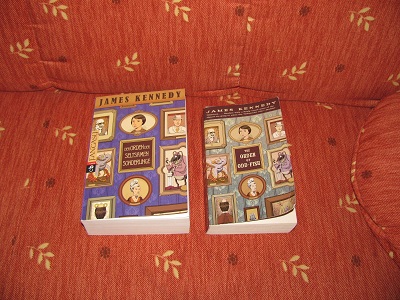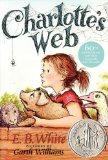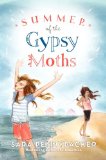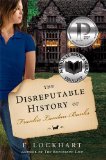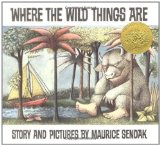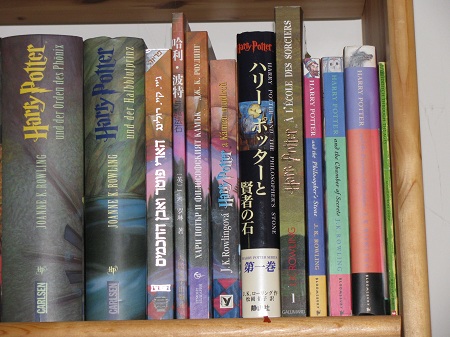Review of Pete the Cat and His Four Groovy Buttons, by Eric Litwin and James Dean
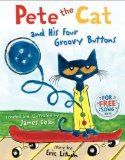 Pete the Cat and His Four Groovy Buttons
Pete the Cat and His Four Groovy Buttons
story by Eric Litwin
created and illustrated by James Dean
Harper, 2012. 36 pages.
Starred Review
I’m afraid I resisted Pete the Cat a little bit. Even after our brilliant Early Literacy Coordinator demonstrated reading the book at a Youth Services meeting. It clearly will make a good read aloud, but I found out about it right before I was laid off from the library, and I haven’t done a storytime since. The second Pete the Cat book was Pete the Cat: Rocking in My School Shoes, and it was good, too, but I still wasn’t won over.
I was convinced enough that I had to check out Pete the Cat and His Four Groovy Buttons, and this time, yes, I’m completely a fan.
It’s got the same ingredients as the others: Teaching simple concepts and a song that repeats to which kids are absolutely sure to sing along. This time, the concept is math! Huzzah!
Here’s how the beginning goes:
Pete the Cat put on his favorite shirt with four big, colorful, round, groovy buttons.
He loved his buttons so much, he sang this song:“My buttons, my buttons,
my four groovy buttons.
My buttons, my buttons,
my four groovy buttons.”POP!
OH NO!
One of the buttons popped off and rolled away.
How many buttons are left?THREE
3
4 – 1 = 3Did Pete cry?
Goodness, no!
Buttons come and buttons go.He kept on singing his song:
“My buttons, my buttons,
my three groovy buttons….”
You get the idea! It’s catchy, it’s got math, and it even teaches a lovely lesson in being content.
Best of all, silly me, I was surprised at what Pete found after every single button had popped off! A simply perfect touch, and I should have seen it coming. It’s definitely all good!
And the lesson at the end is one we will all do well to take to heart:
I guess it simply goes to show that stuff will come and stuff will go.
But do we cry?
Goodness, NO!
We keep on singing.
What better reminder than this catchy picture book?
Keep on singing!
petethecat.com
ericlitwin.com
harpercollinschildrens.com/petethecat
Find this review on Sonderbooks at: www.sonderbooks.com/Picture_Books/four_groovy_buttons.html
Disclosure: I am an Amazon Affiliate, and will earn a small percentage if you order a book on Amazon after clicking through from my site.
Source: This review is based on a library book from the Fairfax County Public Library.
